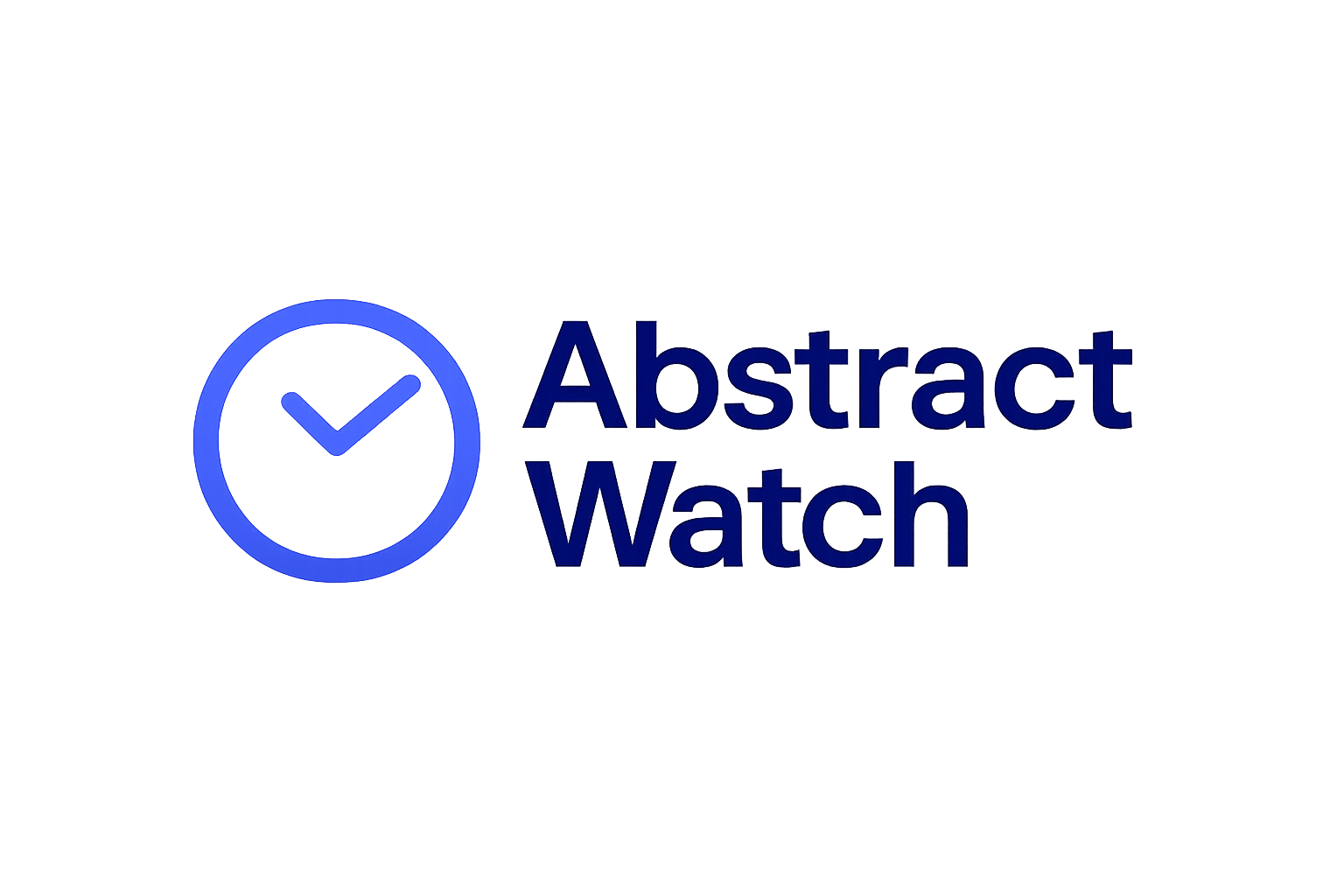
In the high-velocity world of blockchain startups, time-to-market and scalability are everything. The emergence of Rollup-As-A-Service (RaaS) is reshaping how teams deploy app-chains, offering a major leap forward in efficiency and cost control. Instead of wrangling with the intricacies of Layer 2 infrastructure, devs can now tap into abstract rollup technology and focus on what matters most: building game-changing applications.

What Are App-Chains and Why Do Startups Need Them?
An app-chain is a purpose-built blockchain tailored for a specific application’s needs, think custom gas tokens, governance rules, or privacy settings. Unlike generic Layer 1s, app-chains enable full-stack ownership and optimization. But deploying one from scratch? Historically, it’s been a minefield of technical hurdles and operational headaches.
This is where RaaS platforms come in. Acting as an enhancement layer for existing blockchains, RaaS abstracts away the heavy lifting: transaction handling, data availability, consensus mechanisms, and security integrations. The result? Startups can spin up secure, scalable app-chains in days, not months.
The RaaS Advantage: Accelerating App-Chain Deployment
Key Benefits of Rollup-as-a-Service for Startups
-
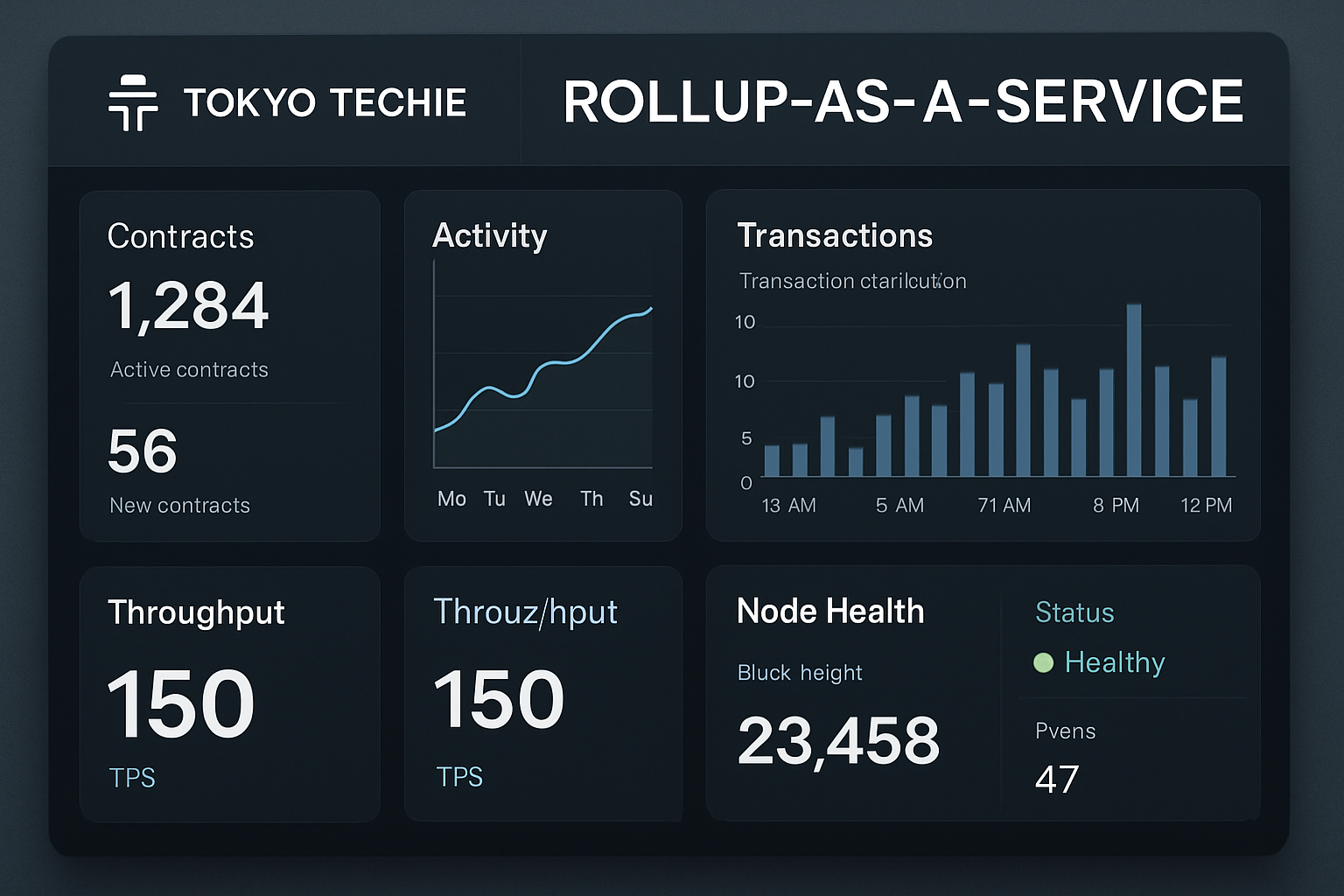
Simplified Deployment: RaaS platforms like Tokyo Techie and Instanodes offer no-code or low-code interfaces, enabling startups to launch custom rollups rapidly without deep blockchain expertise.
-
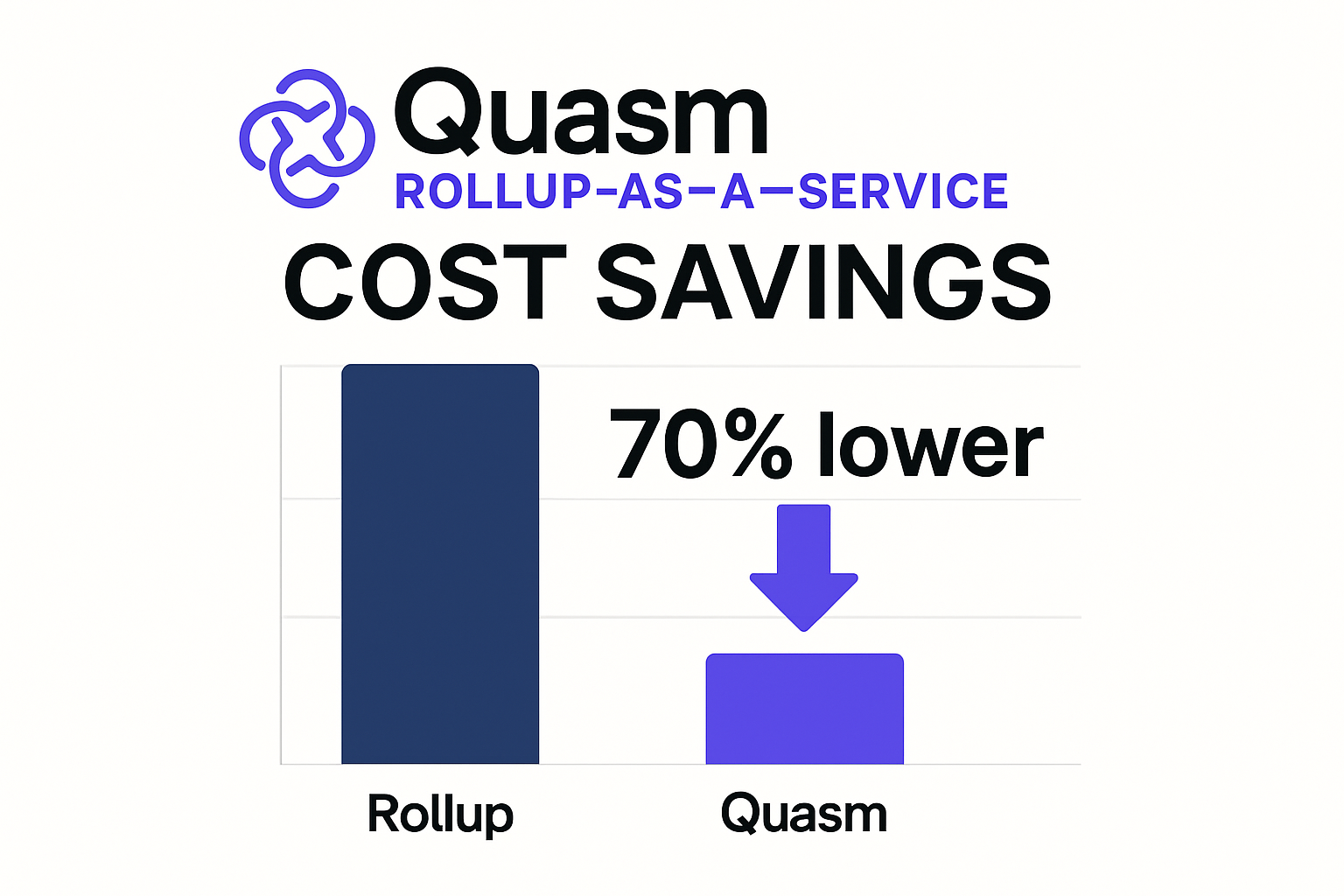
Cost Efficiency: By aggregating transactions off-chain, solutions such as Quasm help startups minimize gas fees and operational expenses, making high-performance rollups more accessible.
-
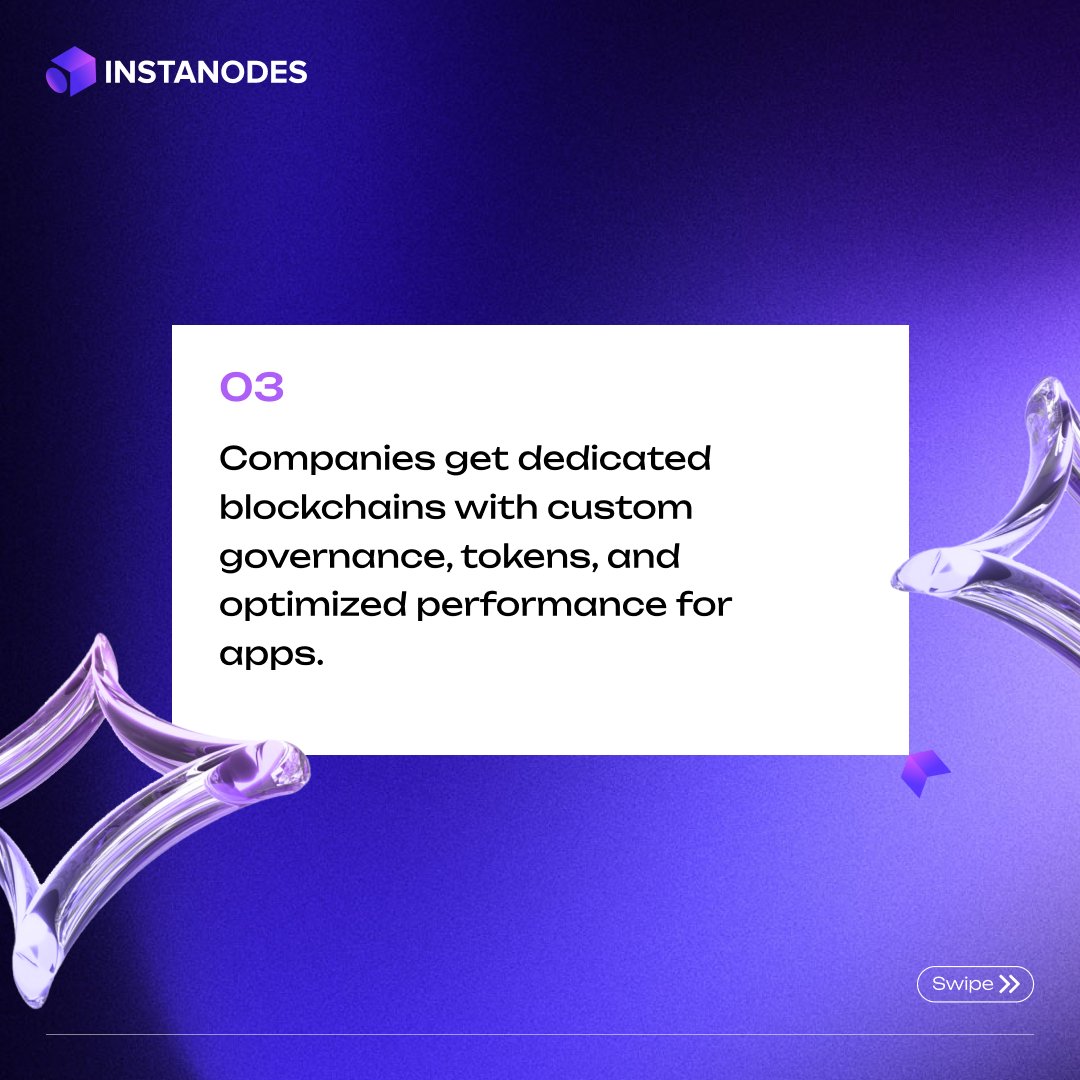
Scalability: Platforms like Instanodes support high transaction volumes and multiple rollup frameworks, allowing startups to scale seamlessly as user demand grows.
-
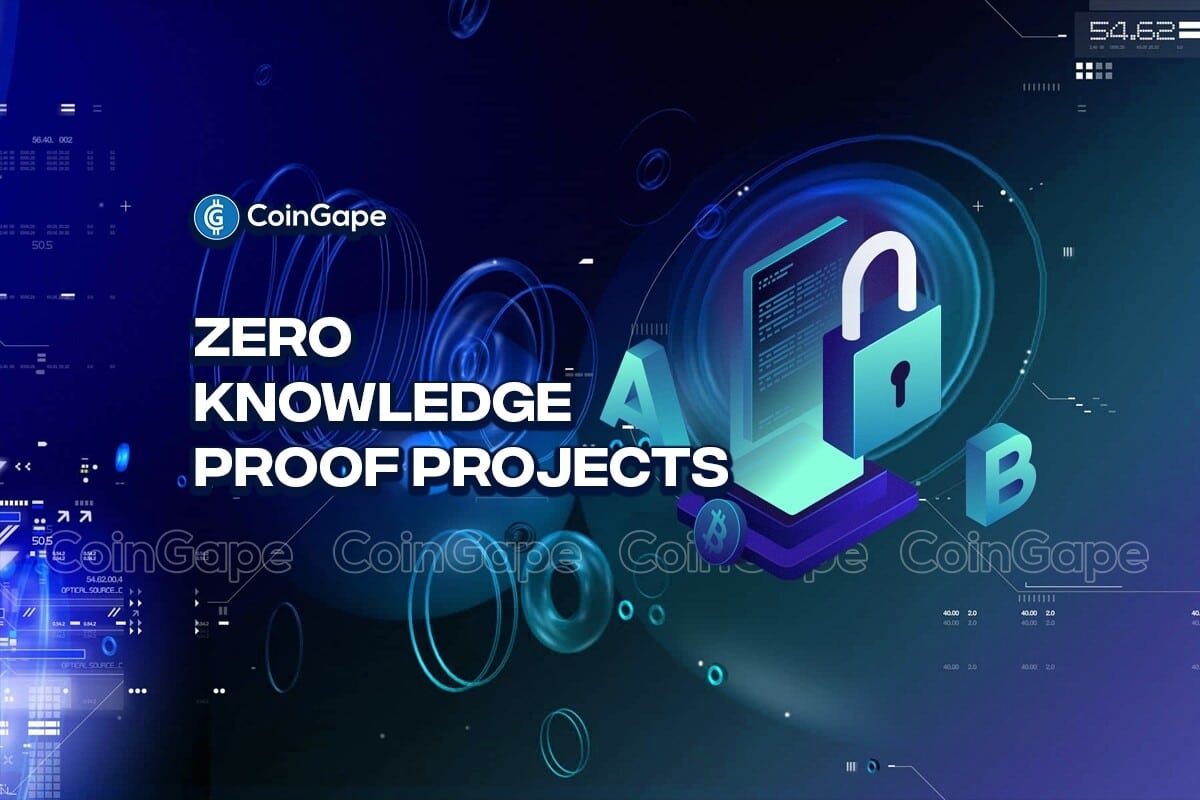
Security: Leading RaaS providers such as Quasm leverage advanced cryptographic frameworks like Starknet’s zero-knowledge proofs to ensure robust data integrity and protection.
-

Customization: Platforms including Chaindrop allow startups to tailor rollups with custom gas tokens, data availability options, and governance models for diverse application needs.
Simplified Deployment: No-code or low-code dashboards let even lean teams launch enterprise-grade rollups with minimal friction. For example, Tokyo Techie’s platform empowers rapid deployment without deep protocol expertise.
Cost Efficiency: By aggregating transactions off-chain before settling on Layer 1, rollups slash gas fees dramatically. Solutions like Quasm optimize throughput while keeping costs predictable, a game changer for early-stage projects operating on tight budgets.
Scalability: With RaaS providers like Instanodes supporting both zk-Rollups and Optimistic Rollups, startups can handle surges in user activity without breaking a sweat or sacrificing performance.
The rise of Rollup-As-A-Service signals a broader trend in blockchain: modular development and infrastructure abstraction are now table stakes for competitive teams.
The Leading RaaS Platforms Powering Startup Growth
The RaaS landscape is rapidly evolving. Here’s a snapshot of notable providers making waves in 2025:
- Instanodes: Rapid deployment support for zk-Rollups and Optimistic Rollups with full-stack infrastructure (instanodes.io)
- AltLayer: Modular rollup architecture with multiple data availability options and integrated bridges (promoteproject.com)
- Caldera: No-code dashboard for EVM-compatible rollup configuration and seamless developer experience (promoteproject.com)
- Conduit: Simple APIs to deploy production-ready rollups integrated with top Layer 1s (promoteproject.com)
- Gelato Rollups: Prebuilt DeFi integrations to fast-track zk-rollup launches (promoteproject.com)
The Frameworks Behind Modern App-Chains
Beneath the hood of today’s top RaaS offerings are robust frameworks that make customization possible at scale. Platforms like Arbitrum Orbit allow granular tuning over throughput and privacy; Polygon CDK brings ZK-powered L2 chains to Ethereum; OP Stack lets teams spin up optimistic rollups quickly, all while maintaining cross-chain compatibility (source). These frameworks underpin the next generation of blockchain scalability solutions.
For startups, the beauty of abstract rollup technology is that it removes the “infrastructure tax. ” Instead of hiring protocol engineers or wrestling with consensus bugs, founders can direct resources toward product-market fit and user acquisition. RaaS platforms provide enterprise-grade uptime, security audits, and automated upgrades, essentials for any team aiming to scale fast and securely in a competitive market.
Customization: The Secret Sauce for App-Chain Differentiation
One-size-fits-all blockchains are fading into the rearview. Modern RaaS lets teams customize everything from gas tokens to data availability strategies. For example, Chaindrop enables startups to select custom gas assets and alternate DA layers, unlocking new business models and UX patterns. This level of flexibility is fueling a wave of experimentation across DeFi, gaming, real-world assets, and beyond.
The ability to fine-tune chain parameters, like block time or governance logic, means projects can optimize for their unique use case without inheriting legacy trade-offs from monolithic chains. That’s a game-changer for founders looking to stand out in crowded verticals.
This convergence of speed, security, and customization is why VCs are increasingly steering portfolio companies toward RaaS-powered launches. It’s not just about getting live faster, it’s about building defensible moats through technical differentiation.
The Future: Modular Blockchain Ecosystems Powered by RaaS
The writing is on the wall: as infrastructure becomes more modular and abstracted away, the cost, and risk, of launching an app-chain will keep dropping. We’re already seeing multi-chain ecosystems emerge where each app-chain leverages the best-fit framework (Arbitrum Orbit for privacy features, Polygon CDK for ZK scaling) while plugging into shared liquidity pools and bridges.
The next frontier? Interoperability between app-chains deployed via different RaaS providers. As standards mature and cross-rollup messaging improves, expect seamless user experiences across diverse chains, all without sacrificing speed or composability.
Bottom line: For blockchain startups looking to win on speed, scalability, and user-centric design, Rollup-As-A-Service isn’t just a nice-to-have, it’s quickly becoming table stakes. By leveraging these platforms today, founders position themselves at the forefront of Web3 innovation while sidestepping yesterday’s infrastructure headaches.
